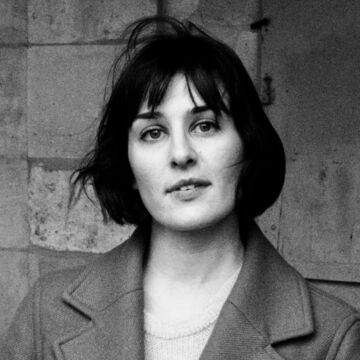|
Description
The terms ¿self¿ and ¿portrait¿ are so ubiquitous that they often go underexamined. This class invites students to consider the ¿self¿ on a philosophical level, and to feel out the complex, blurry parameters distinguishing a portrait an artist makes of another from a self-portrait. The historical contexts within which various self-portraits in 20th century art and literature were produced will inform our inquiries into how society shapes the ways we think about/represent our 'selves' and vice versa. These will include artworks by Claude Cahun, Beauford Delaney, Catherine Opie, and Marisol, as well as texts by Joe Brainard, Michelle Tea, Edouard Levé, Nathalie Léger, and contemporary literary critics. Selections from diaries of artists and writers will also feed our interests, including those of Frida Kahlo, Eva Hesse, Franz Kafka, Audre Lorde, and David Wojnarowicz. Finally, we will interrogate the ethics and implications of self-portraiture today, in a culture glutted with them to an unprecedented degree. What does it say about our ability to register and respond to the present moment¿one shaped by large structures and forces¿that our art and literature often operate at the scale of the individual self? FYS I courses develop college-level writing skills and prepare students for FYS II and upper-level Liberal Arts courses. In this process-oriented class, students will build such skills through 15-20 pages of formal, revisable writing (two multi-draft essays) in addition to preparatory homework assignments and in-class writing. Work will be undertaken independently and collaboratively through self-assessment, guided workshops, and peer review.
|
Class Number
1389
Credits
3
|
|
Description
This class offers small group tutoring for students who do not speak English as their first language. Students meet with an EIS instructor in groups of three for 1 1/2 hours each week. Students receive assistance with their class assignments for Art History, Liberal Arts and Studio classes. Activities may include discussing class concepts, checking comprehension, exploring ideas for papers or projects, revising papers, or practicing pronunciation and presentations.
|
Class Number
1291
Credits
1.5
|
|
Description
This class offers small group tutoring for students who do not speak English as their first language. Students meet with an EIS instructor in groups of three for 1 1/2 hours each week. Students receive assistance with their class assignments for Art History, Liberal Arts and Studio classes. Activities may include discussing class concepts, checking comprehension, exploring ideas for papers or projects, revising papers, or practicing pronunciation and presentations.
|
Class Number
2482
Credits
1.5
|

